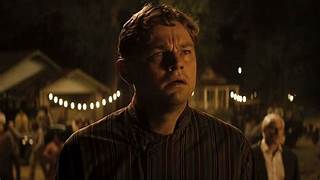
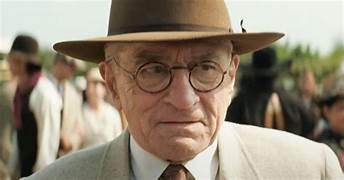
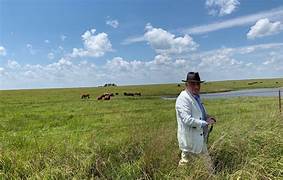
By Anne Brodie
Martin Scorsese’s stunning, career-defining adaptation of David Grann’s book Killers of the Flower Moon: The Osage Murders and the Birth of the FBI, focuses on what he felt was the more urgent story – the plight of newly wealthy Osage Indians in Oklahoma, whose newly discovered oil deposits made theirs the richest community per capita in the world in the 1920s. Oil made them fabulously wealthy. They had white servants, big houses, fancy cars, jewels and all the trappings. But it also made them vulnerable to those who would plot to take their money. White settlers, in this case, “King of Osage Hills” William Hale, played with fearsome intent by Robert De Niro, his associates and townsfolk, and his nephew Ernest Burkhart, played by Leonardo DiCaprio. Ernest loves his wealthy Osage wife Millie (Lily Gladstone) but Hale subtly suggests he do away with her for her estate. After all, the other men in town are doing it and getting away with it. At least sixty and perhaps hundreds of murders occurred over at least twenty years. The FBI came to investigate. Master filmmaker Martin Scorsese, clearly at the top of his game in the paralyzingly evil, stunning Killers of the Flower spoke to a global conference of writers today.
Learning About Indigenous History in Osage, Oklahoma
At first as on as I saw the book Indigenous People, I had to experience the 70’s aware of the nature of their situation, was and still is, and I was blithely unaware of that. It’s taken me years, how do you deal with that culture that is respectful and not graphic, there’s no Noble Savage / Native. How truthful can we be with respect and dignity? How can we do it? This story was one I could deal with and get involved in the culture of the Osage, and then rituals spiritual moments, realism mystical??
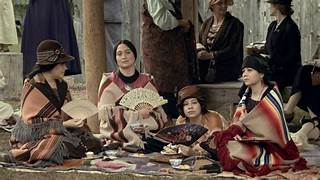
This is real, the ancestors come. The owl is real. For me, I wanted to play with that world in contrast with the white European world. David Ryan’s book, The Birth of the FBI, well, we took the story of the FBI as far as we could take it and it got bigger and bigger and more diffuse, supplemented by the times we went out there and met Chief Standing Bear and Addie Ironhose. They were naturally cautious, and I explained I would deal with them as honestly and truthfully as possible and not get into the trap of the cliches about Indians. This is an ongoing situation, and story, these are things that weren’t being talked about. The people involved are still there, and the families.

What I learned from Marge Burkhart, Ernest’s descendant, she pointed out that the white guys especially Bill Hale were good friends, and yet he killed him. Bill could be capable of such a thing. What allows us as human beings to be so compartmentalised? One has to remember Ernest loved Mollie and Mollie loved Ernest, and the script shifted that way. Leo decided to play Ernest instead of Tom White. Who did it, who didn’t do it, or sin by omission, silent complicity. That afforded us the opportunity to tell the story from the inside out.
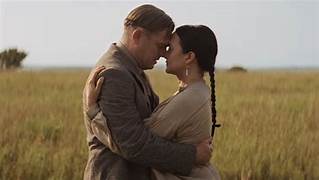
The Oklahoma Location Was A Revelation
The first time I went was in 2019 before COVID, we made two trips there before COVID. I am a New Yorker, from I don’t understand the weather that much or where the sun sets. The sun sets in the West, now I get it! I saw it driving in Santa Monica. And when I got (to Oklahoma) all can I tell you is those prairies open your mind and your heart. Wild horses on both sides of the road, bison, cows, idyllic. So where do I put the camera? How much of the sky do I shoot, what ratio?? The land could be sinister. You don’t see people for miles. You can do anything. This is a hundred years ago, a period piece? It’s not a Western. This is a place where you don’t need the law. It’s wide-open territory. You have laws. But it is wide-open territory. As beautiful as it is, it can shift to being very sinister. The nature of the virus or cancer creates a sense of easy genocide. The love between Ernest and Millie is the basis of trust and betrayal. That’s the story.

Accuracy of Cultural Details
It’s startlingly accurate and truthful. Show the ritual as it should be. We had a lot of support from the Osage authorities and experts. Johnny William and others. We tested the accuracy with them,, the rites, the baby naming, the funerals. There was some wiggle room, the last 2 generations of Osage forgot about it or it became out of their experience, they forgot it. There were languages there Lily, Leo, and DeNiro learned the language. he liked the sound of it. They were learning to put their culture back together, it gave us creative license, in every scene during the shoot.
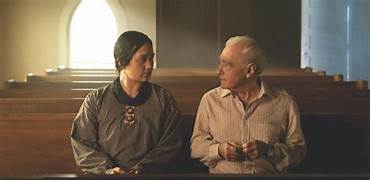
On Newcomer Phenom Lily Gladstone
I saw Lily in Certain Women by Kelly Reichart and met her after COVID. With her presence, intelligence, and emotion, in her face, you know something is working behind the eyes, and her activism not overtaking the art. The art takes over, it’s resonant later on, not a person preaching at you. The first scene we did, the dinner with Ernest and she’s questioning him, interrogation, your religion. You begin to see the connection between them. The Coyote wants money, she tells him and he says I love money. Her sisters say the Coyote only wants money and Millie says that’s okay, he’s nice and wants to settle down, so that’s how it could happen. We felt very comfortable with her. We needed her to help us tell the story.

Twenty Years Working with Leonardi DiCaprio, and Fifty with Robert De Niro.
Robert, we were teenagers together he’s the only one who knows where I come from, I know his friends. We had a testing ground in the 70s. we trusted each other. Trust and love. he had a lot of power then and it can take over a picture but I never felt that. there was freedom and experimenting. Years later he told me he worked with this kid Leo DiCaprio, said you should work with him, and he rarely gave recommendations.
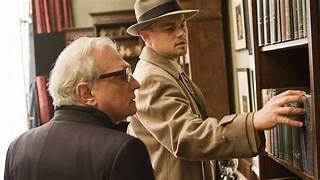
We worked together in Gangs of New York and he wanted to explore the same territory, there was sense of maturity in him, and that led to The Departed and we became closer. 30 years difference but the same sensibilities. He likes Louis Jordan and Ella Fitzgerald. Criterion, Tokyo Story, I couldn’t understand the Ozu style in the 70s. He was open to older parts of our culture and had a curiosity about other people and cultures. And there’s trust.
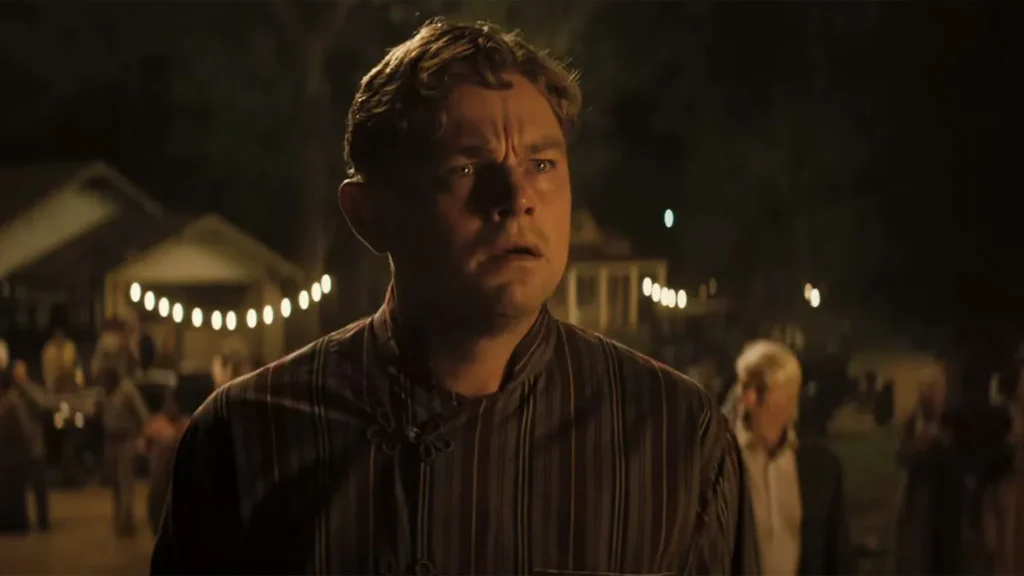
Leo and Bob, in the end, the dinner scene, was written a few days before we shot it. What does the picture really need, how much is there for them to say to each other? So we went that way. It’s trust. I pushed him, he pushed me and everything was wild. Quite something, he had good energy on the set.